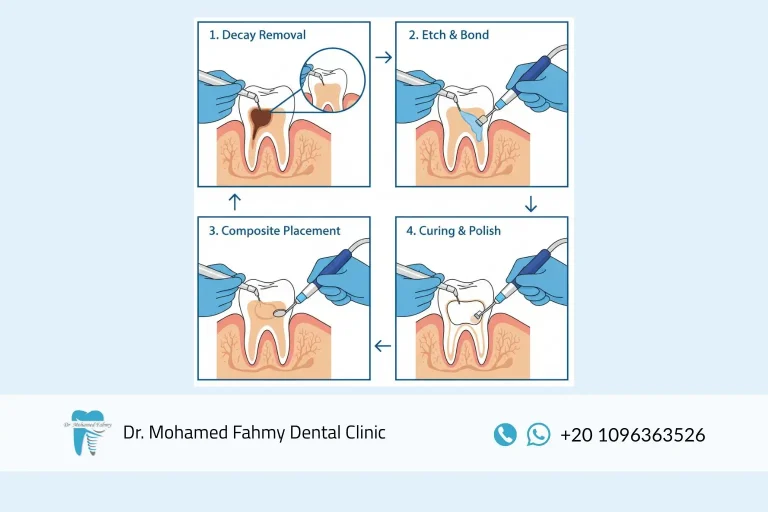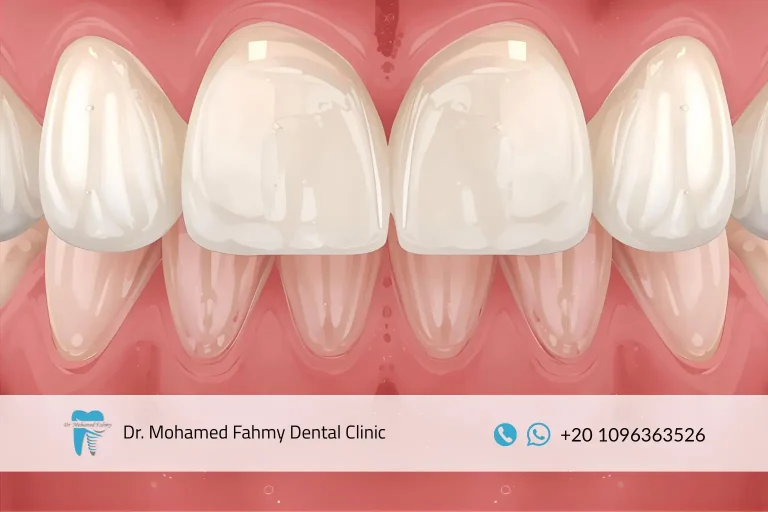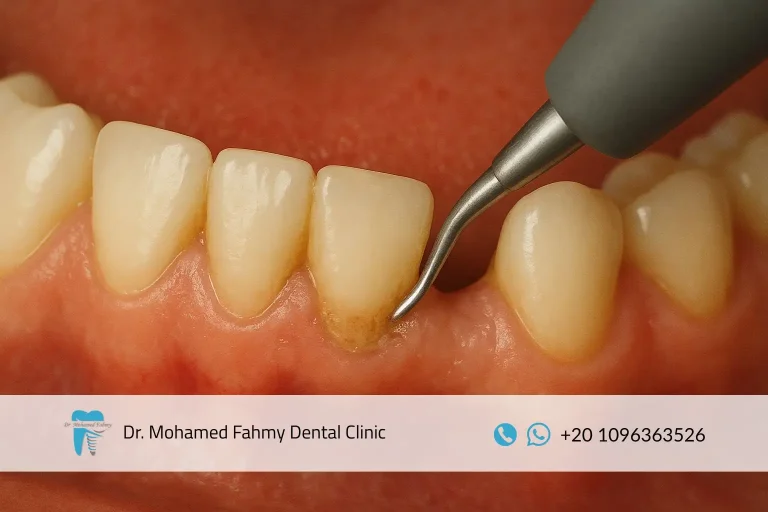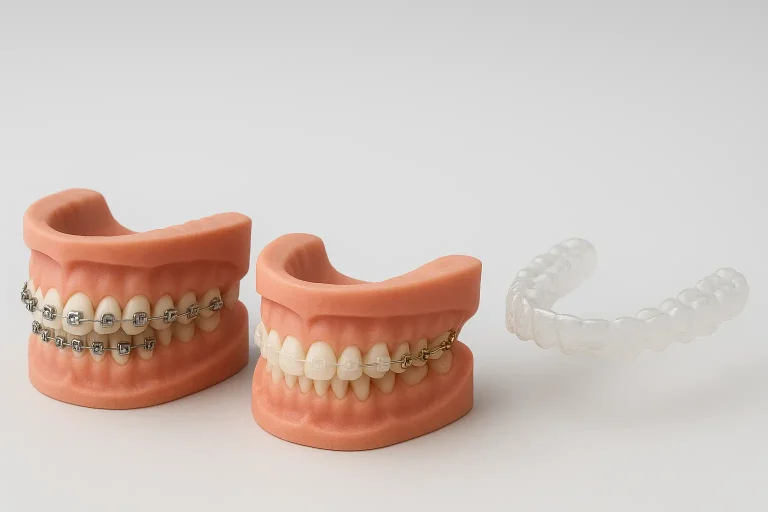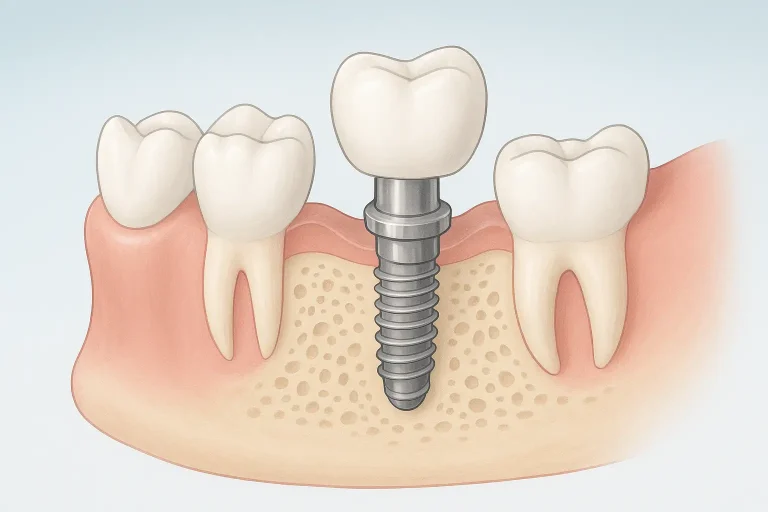Book Appointment Now
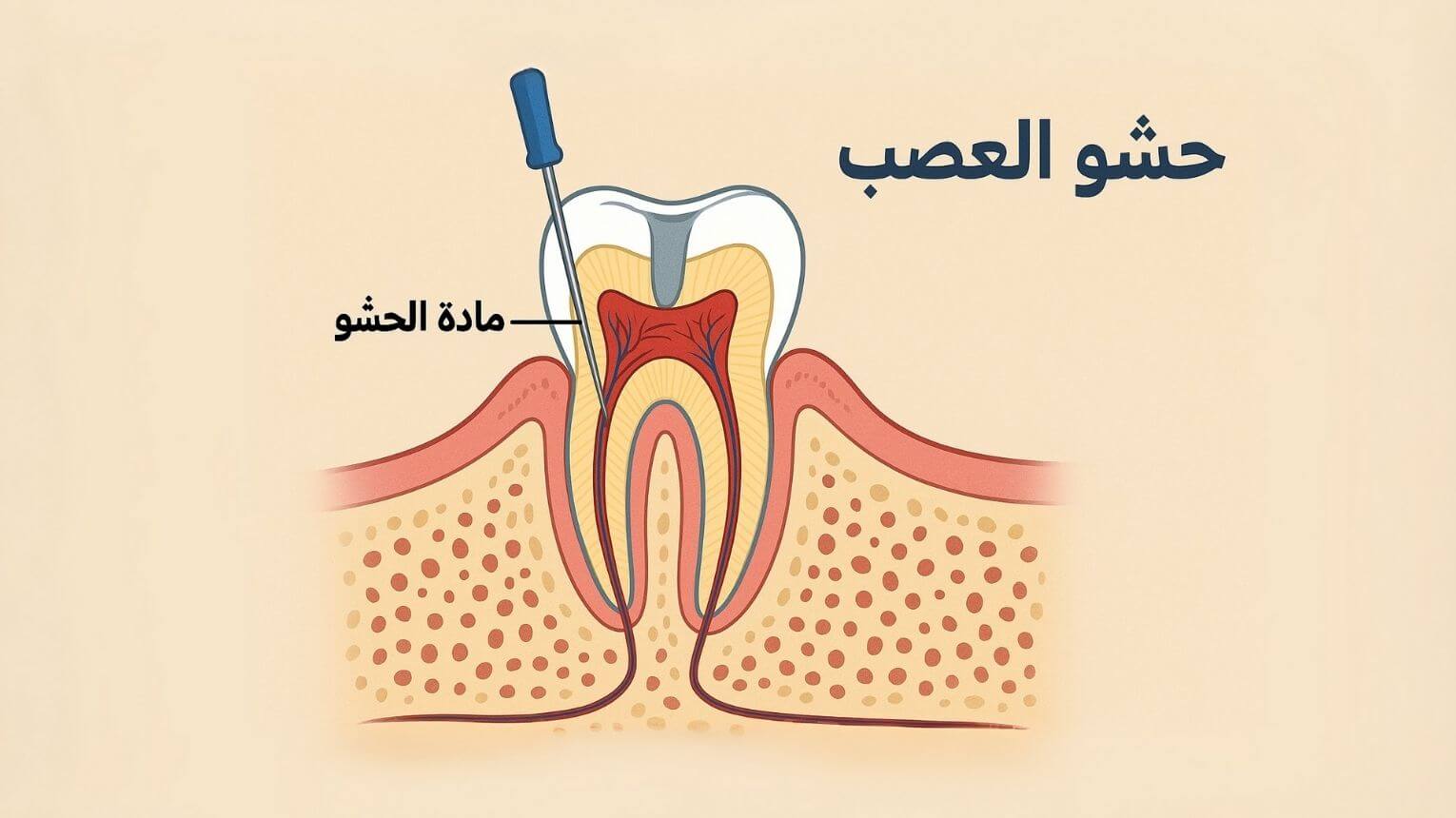
Pros & Cons of Root Canal Treatment: Is It the Right Solution for Your Tooth?
Table of Contents
Overview of Root Canal Treatment
What Is a Root Canal Treatment and Why Is It Common in Dentistry?
Imagine a toothache that won’t let you sleep. Sharp pain, extreme sensitivity to cold drinks or even a light touch — all signs of a problem deeper than just a simple cavity. This is where a root canal, also known as “endodontic treatment,” becomes one of the most effective solutions for managing debilitating dental pain.
Root canal therapy is no longer a rare or extreme procedure; it is among the most common treatments performed in dental clinics worldwide. Not only does it save teeth from extraction, but it also preserves your natural smile and maintains the tooth’s function without the need for artificial replacements.
When Is It Recommended?
When decay or trauma reaches deep into the tooth—specifically the pulp where the nerves and blood vessels are—you’re at risk. Traditional fillings won’t work in this case. Pain starts, abscesses may form, and your quality of life can quickly deteriorate. That’s when dentists recommend a root canal as a strategic, last-resort solution to preserve the affected tooth.
A Balanced Look at Root Canal Treatment: Pros and Cons
While highly effective, root canal treatment isn’t without downsides. Like any medical procedure, it carries both significant benefits and potential risks. In the sections below, we’ll carefully explore why a root canal may be the best decision for your oral health—and when it might be worth considering alternatives.
What Is a Root Canal?
A Simple Definition
A root canal is a dental procedure performed when the inner pulp (nerve) of a tooth becomes inflamed or infected. The dentist removes the damaged pulp, cleans the root canals, and fills them with a special material to prevent reinfection. The goal is to save the tooth from extraction and restore its natural function.
Why Do We Need This Procedure?
Because an infected pulp will not heal on its own. Left untreated, the infection can spread to the jawbone or neighboring teeth, possibly leading to tooth loss. A root canal is not just about pain relief—it prevents more severe problems and helps maintain the tooth’s structure.
When Does a Cavity Require a Root Canal?
When decay breaks through the enamel and dentin and reaches the inner pulp, a standard filling won’t suffice. Symptoms like throbbing pain, severe sensitivity, or abscess formation indicate that root canal treatment is the most appropriate option.
Root Canal vs. Regular Filling
A regular filling addresses surface or moderate decay and simply fills the cavity left after removing decayed material. A root canal is a deeper, more complex procedure targeting the tooth’s internal tissues. It typically takes more than one visit and often ends with a permanent crown for protection.
Advantages of Root Canal Treatment
1. Eliminates Pain from Infected or Dead Nerve
Severe dental pain caused by inflamed or dead pulp is one of the worst types of discomfort. A root canal removes the source of that pain, allowing patients to feel relief without needing continuous painkillers.
2. Preserves the Natural Tooth Function
In the past, extracting the tooth was the only option. Today, root canal therapy allows dentists to save the tooth, maintaining chewing and speech function and avoiding shifting of neighboring teeth or jaw misalignment.
3. Prevents Infection Spread
An untreated pulp infection can extend to the surrounding bone or nearby teeth. Root canals clean and disinfect the root canals, reducing bacterial presence and preserving overall oral health.
4. Effective Treatment for Deep Decay
When decay reaches the tooth pulp, surface fillings aren’t enough. A root canal treats the issue at its source and gives the tooth a second life.
5. Enables Tooth Restoration
Following a root canal, the tooth can be rebuilt using a permanent filling or a dental crown, restoring its original shape and enhancing its durability and function.
Disadvantages and Risks of Root Canal Treatment
1. A Complex Procedure Requiring Anesthesia and High Skill
Root canals demand precise access to root canals, thorough cleaning, and secure sealing. They are typically performed under local anesthesia and often require specialized tools and advanced techniques.
2. Higher Cost and Longer Treatment Time
Due to multiple steps, root canals often span more than one appointment and may include follow-up visits for crown placement. This increases the cost compared to simple fillings.
3. Common (But Temporary) Post-Treatment Side Effects
Mild pain or sensitivity during chewing or when exposed to hot or cold is common post-treatment. These symptoms usually resolve within days or weeks.
4. Risk of Persistent or Recurrent Infection
If not all canals are thoroughly cleaned or sealed, reinfection can occur. This may necessitate retreatment, extraction, or even surgical intervention.
5. Tooth May Become Brittle or Crack
Removing the nerve reduces blood flow to the tooth, making it more susceptible to fractures. Crowns are often recommended to protect the tooth.
6. Tooth Discoloration
Over time, the treated tooth may turn gray or darken due to internal changes. Cosmetic options include whitening or covering with veneers or crowns.
7. Rare Complications
Although uncommon, potential issues include: – Temporary numbness due to nerve proximity – Sinus complications during treatment of upper molars – Instrument breakage within the root canal
Is a Root Canal the Right Choice for You?
When It Is the Ideal Solution
- When decay reaches the tooth’s pulp: A root canal can eliminate pain and save the tooth.
- When the nerve is dead but the tooth is structurally intact: Root canal therapy can preserve the tooth by removing only the internal infection.
Preserving the natural tooth helps avoid shifting, biting problems, or needing implants or bridges.
When to Consider Alternatives (Extraction or Implant)
- Severe structural damage: If the tooth is too broken to be restored, extraction may be the better choice.
- Repeated treatment failure: When root canals don’t work after multiple attempts, implants or bridges may be more reliable.
- Advanced gum disease or bone loss: Sometimes the problem isn’t the tooth itself but its surroundings.
Always consult your dentist for X-rays and a comprehensive exam before making a decision.
Need consultation or treatment? Explore our dental services or book your appointment now via website, WhatsApp, or phone. (+20)1096363526
Post-Treatment Care Tips
At-Home Care
- Avoid chewing on the treated tooth for several days if the permanent crown hasn’t been placed.
- Use a soft toothbrush and gentle toothpaste; clean the area thoroughly.
- Use antibacterial mouthwash as recommended.
- Avoid hard or sticky foods that may compromise temporary fillings.
When to See Your Dentist
Follow-up visits usually involve permanent crown placement. However, return to your dentist earlier if: – Pain persists beyond a week – Swelling or lumps appear near the treated tooth – The temporary filling breaks – Extreme or worsening sensitivity
Prompt care ensures optimal healing and prevents complications.
Signs of Treatment Failure
- Persistent or returning sharp pain
- Foul odor or pus discharge from the tooth or gums
- Tooth mobility or feeling “too tall”
- Sudden darkening or discoloration of the treated tooth
Root Canal Treatment FAQs
Is a root canal painful?
Most are performed under local anesthesia and are pain-free during the procedure. Some mild discomfort afterward is normal and temporary.
How many sessions does a root canal need?
Usually 1–3 sessions, depending on the complexity. A final crown may require a follow-up appointment.
Can root canal treatments fail?
Yes, though rare, infections may return if canals weren’t fully cleaned or sealed.
What’s the difference between a root canal and a regular filling?
Regular fillings address surface decay, while root canals target the pulp and roots, a deeper, more complex treatment.
Does the tooth become weaker afterward?
Yes, since the pulp is removed, the tooth may become brittle. A crown helps reinforce and protect it.
Conclusion
Though root canal therapy is more complex than traditional fillings, it’s often the best option for saving a severely damaged tooth. It eliminates pain, halts infection, and preserves the natural tooth.
Still, like any procedure, it comes with risks—including potential reinfection, post-treatment sensitivity, or weakened tooth structure. It’s vital to make the decision based on a comprehensive dental evaluation.
In the end, prevention is the best cure: maintain good oral hygiene, attend regular check-ups, and act early to avoid needing a root canal or extraction altogether.
Still Not Sure? Ask Your Dentist
A root canal decision should be based on dental health, not just pain.
Don’t hesitate to schedule a visit and discuss your options. Your dentist will help you determine the best treatment plan for your health and budget.
Early detection = Easier treatment + Better results.
Dr. Mohamed Fahmy Dental Clinic
Address: 25XX+J7G Beside Kaddoura, 74 Gamaet El Dowal Street, Above Nile Labs, Dokki, Giza Governorate 12651
For booking and inquiries: 01096363526
WhatsApp: 01096363526



